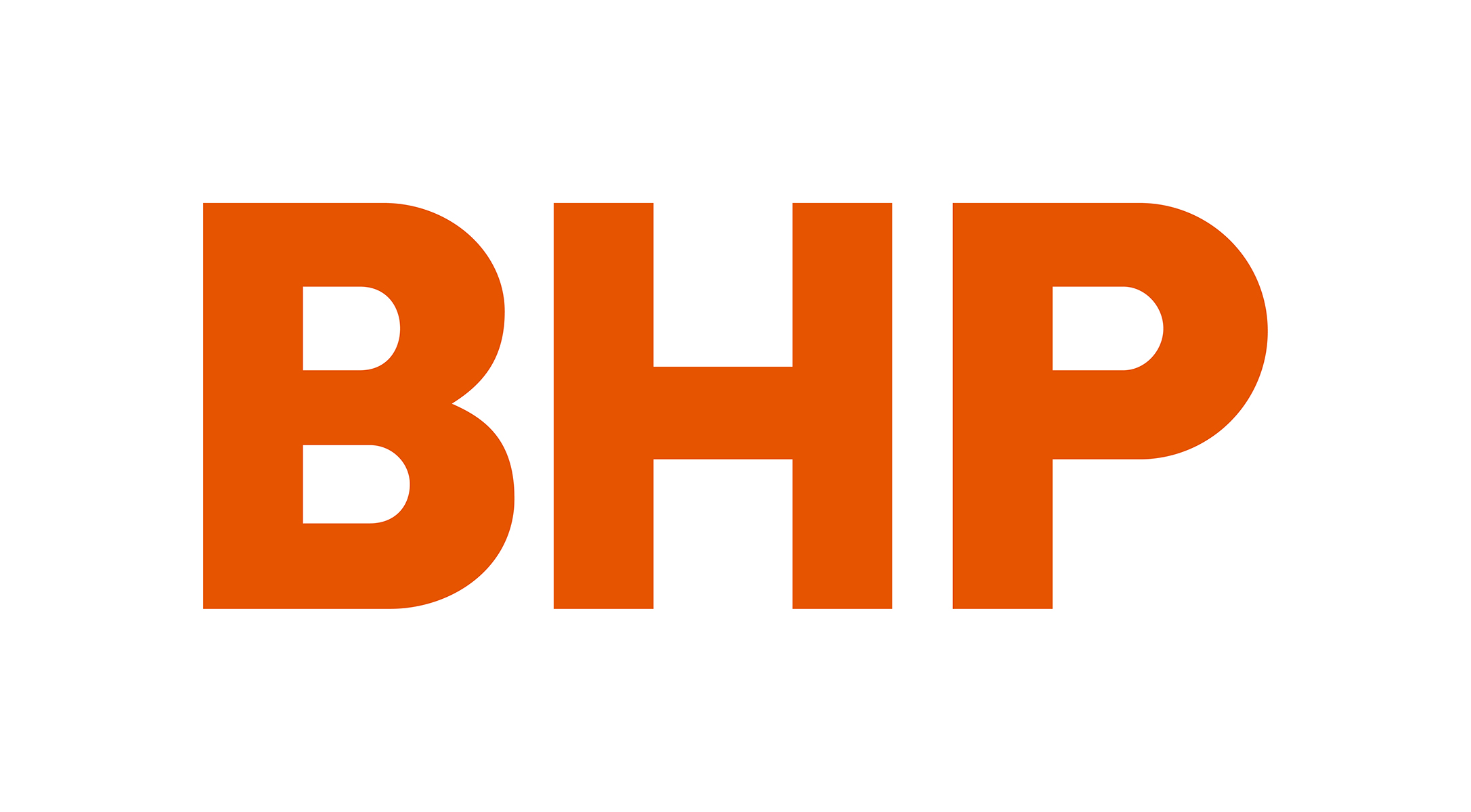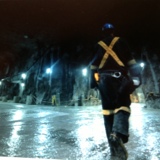Information
-
Document No.
-
Audit Title
-
Client / Site
-
Conducted on
-
Prepared by
-
Location
-
Personnel
Designated Hot Work Area
-
If this is not a Designated Hot Work Area proceed to next section - Temporary Hot Work Area
-
Designated Hot work Area?
Approved Designated Hot work Area
-
Area map showing hot work area?
-
Add media
-
Hot Work Inspection log available?
-
Add media
-
Are monthly inspections being performed?
-
Add media
-
Is Hot Work Area clearly demarcated?
-
Add media
-
Is area clear of combustible materials?
-
Add media
-
Is area isolated and contained?
-
Add media
-
Are flammables or explosives kept at least 10m from hot work area?
-
Add media
-
Is there adequate signage clearly visible from all access points?
-
Add media
-
Is housekeeping adequate with all tools and equipment stored in a safe manner?
-
Add media
-
Are oxygen and Flammable Gas cylinders being store in accordance with DDMI Standards and applicable regulations?
-
Reference the DDMI Standard?
-
Requirements of the Standard
The requirements for use and storage of Oxygen and Flammable Gas Cylinders include:
That oxygen and flammable gas cylinders are stored in an upright position in clearly identified and well ventilated storage areas that are kept free from any flammable fumes and materials, electrical apparatus and wiring, and that the stored cylinders are protected from any heat sources in excess of 55deg C
Stored oxygen cylinders shall be kept separate from flammable gas cylinders by;
a) A space of at least 6m; or
b) A 1.5m high non-combustible barrier with a fire resistant rating of at least 30-minutes
OPCO-136-0810 R2 2/3
Flammable gas cylinders shall be clearly labelled as to the identity of the gas and any cylinder that is not clearly labelled shall not be used
Oxygen and flammable gas cylinders shall be transported in an upright position and properly secured on a special carrier or container designed for the purpose and the cylinders shall be fitted with securely fastened approved valve protection caps
Where cylinders of gas are used for supply of welding or cutting equipment, precautions are taken to avert the possibility of damage to the equipment by;
a) Securing the cylinders so as to prevent their falling at any time while in use, and
b) Protecting the cylinders, regulators, manifolds, hoses and fittings used in conjunction with the welding or cutting equipment from sparks, flames or other hazards that could come into contact with the cylinders, regulators, hoses and fittings.
Before any gas welding, cutting or heating equipment is used, the person using the equipment shall ensure that it is free from defects and leaks and that;
a) Only standard fittings designed and manufactured for the specific gas services are used,
b) Flashback arrestors shall be installed on each regulator to prevent reverse gas flow,
c) No copper fittings or tubing are used on the flammable gas line system,
d) The oxygen cylinder, valves regulators and fittings are protected from coming into contact with any oil or grease from any source
e) Any flammable gas cylinders that have been laid on its side shall be placed in an upright position for at least 30-minutes before high pressure valve is opened for use
f) Cylinders inspected for any defects, and
g) All cylinders have been hydrostatic tested, inspected and date stamped for compliance within the last 5 years.
High pressure valves on the oxygen cylinders and flammable gas cylinders must be closed when welding, cutting, brazing or heating activities are complete
When a cylinder;
a) Is being moved or is not in use, the regulators and gauges are removed and the valve protection cover or cap is secured on the cylinder, and
b) Is used in a shop or plant, the regulators and gauges may remain on the cylinder if it is protected and secured in a specifically designed cart or storage area
c) Is stored and not in use, it is to be labelled either empty or full by attaching a tag around the neck of the cylinder to indicate this or stored in designated and labelled storage areas indicating either empty or full.
A second person must be present when oxygen and flammable gas high pressure cylinders are set up, to assist with shut off in case of emergency;
a) In a position that is not readily accessible to the person welding, cutting, brazing or heating, or
b) In a conveyance where a person is welding, cutting brazing or heating on or from the conveyance.
Accountabilities:
Managers
Managers shall ensure:
People in their department are aware of the Oxygen and Flammable Gas Cylinder Standard
Only -
Comments:
-
Add media
-
Are there spark/flame arrestors installed on gas welding regulator hoses?
-
Is there an automatic fire suppression system available?
Fire suppression
-
Type of fire suppression system
-
Monthly inspection completed?
-
Annual Inspection Completed?
-
How many accessible fire extinguishers are there?
-
List Fire Extinguisher Details
Fire Extinguishers
-
Type of fire extinguisher
-
Monthly inspection up to date?
-
Annual Inspection Completed?
-
Add media
-
Is there an eyewash station accessible in the area?
-
Expiry Date
-
Is there adequate ventilation in the work area?
-
Add media
-
Summary Notes
Temporary Hot Work Area
-
Does this inspection cover a Temporary Hot Work Area?
-
Has a Hot Work Permit been completed for the task being performed?
-
Add media
-
Department or Contractor Name
-
Is the Permit valid at the time of the work observation. (Permits are valid for one shift and expire after 12 hours)
-
Add media
-
Work Performed By
Worker
-
Name:
-
Supervisor or Permit Issuer
Supervisor
-
Name:
-
Designated Fire Watch
Fire Watch
-
Name:
-
Does Lock-Out/Tag-Out or other Isolation apply?
-
Have all Lock-Out/Tag-Out and isolation requirements been met? Bump Test performed?
-
Does Confined Space Apply
-
Is applicable permitting in place and hazards controlled?
-
Has a risk assessment been completed for this task?
-
What type of risk assessment was completed?
Temporary Hot Work Area Requirements
-
Does the worker(s) have the appropriate PPE for the task?
-
Is the area barricaded appropriately? (Same level and lower levels if required)
-
Is there adequate ventilation?
-
Type of Ventilation
-
Add media
-
Has all equipment been inspected?
-
Are there spark/flame arrestors installed on welding regulator hoses?
-
Is housekeeping adequate?
-
Is the area clear of flammables for a 10m radius?
-
Are there suitable Fire Extinguishers available?
-
Fire Extinguishers
Fire Extinguishers
-
Type of Extinguisher
-
Monthly Inspection?
-
Annual inspection?
-
Are sparks and slag being controlled as much as possible?
-
Are the appropriate fire blankets in place?
-
Has the area been wet down?
-
Does the Designated Fire Watch understand his task?
-
Summary Notes
-
Do you want to review a random sample of hot work permits from this same Department?
-
Hot Work Permit
Hot Work Permit
-
Add media
-
Has the Hot Work form been filled out correctly with all required signatures?
-
Has the Fire Watch process been followed and documented on the permit?
-
Has the permit been "closed" and signed by the issuer?












